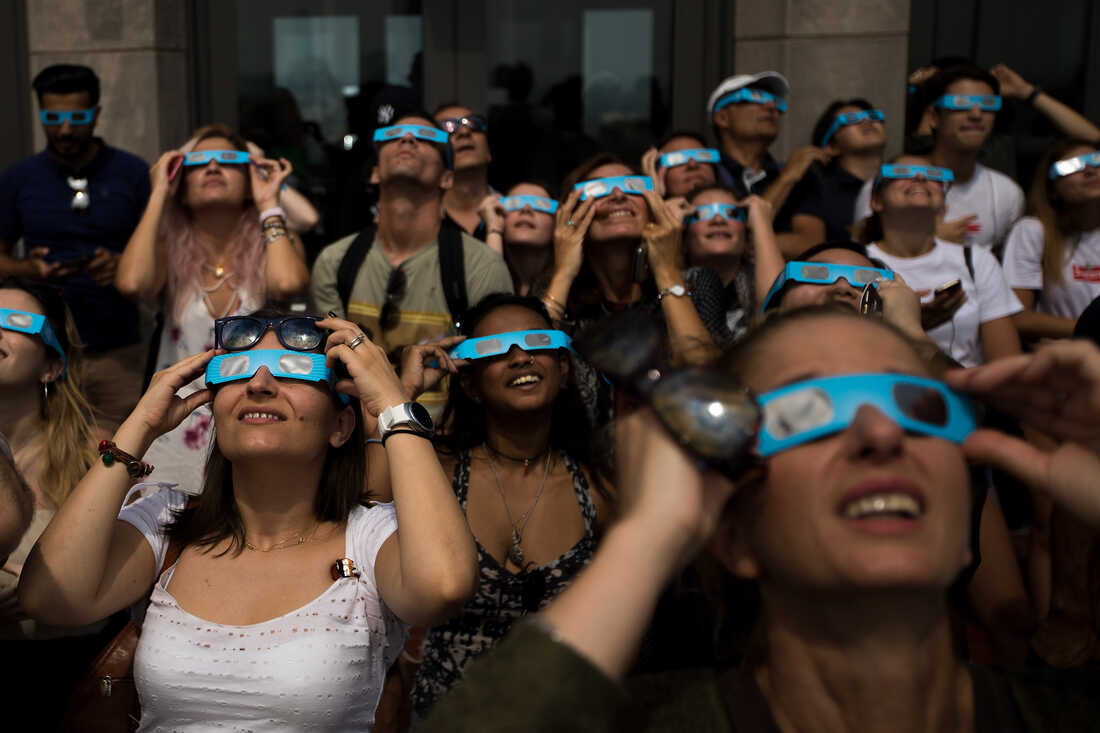Today, more than 30 million people across North America will be able to witness a rare solar eclipse. Here are a few facts you should know, before this rare event:
- This is the first total solar eclipse to pass over the U.S. since August 2017, and the next one to pass over the Lower 48 states won’t be until 2044.
- The eclipse in the U.S. will begin just before 12:30 p.m. local time in Texas, near Dallas, ending in northeastern Maine around 4:40 p.m. local time.
- During the eclipse, the moon will completely block the sun from view for as long as 4½ minutes
- In the past, Americans traveling to view the total eclipse drove up gas prices, increased traffic on highways, and overran cities and infrastructure along the path of totality.
- At the peak of the eclipse, temperatures dropped by roughly 10 degrees Fahrenheit, winds changed direction, and animals began their nighttime routines.
- If you are looking at the sun, YOU NEED TO USE ECLIPSE GLASSES, which have solar filters that block out light from the sun. Gazing at the sun without protection can cause what is known as eclipse blindness, or retinal burns, when nerve tissue at the back of the eye is damaged.
Check out more must know facts about the eclipse here: https://www.wsj.com/science/space-astronomy/total-solar-eclipse-2024-explained-5d8f6a95?mod=series_eclipse2024
